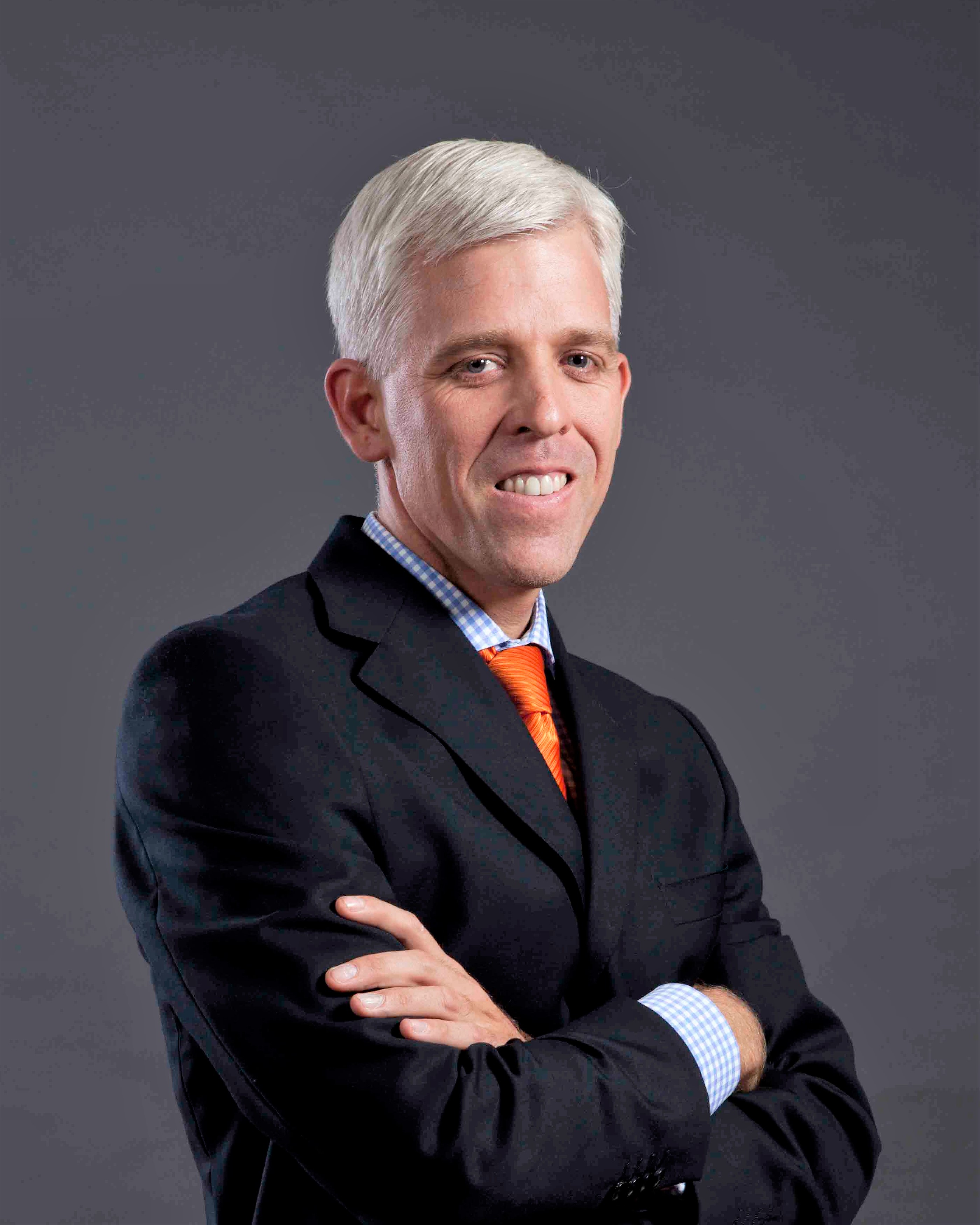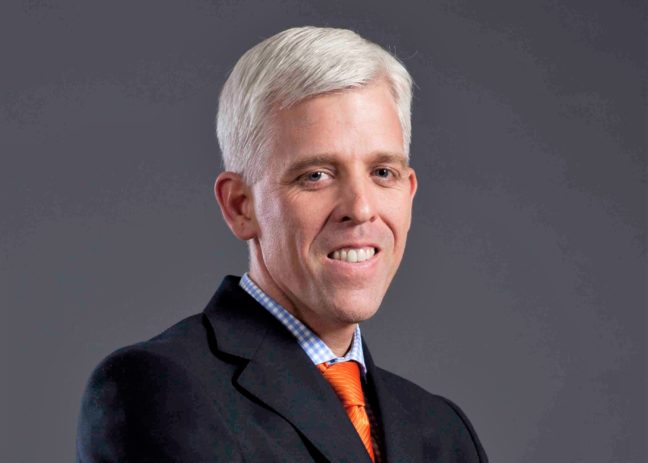Guillermo Ferrero, entrevista con TTR
Socio de Corporativo / M&A de Philippi Prietocarrizosa, Ferrero DU & Uría en Perú
 Sr. Guillermo Ferrero, como experto en el área de M&A ¿cuál es su opinión sobre la marcha del mercado transaccional en lo que llevamos de año en Latinoamérica en general? Y sobre Perú en particular, ¿qué evaluación haría?
Sr. Guillermo Ferrero, como experto en el área de M&A ¿cuál es su opinión sobre la marcha del mercado transaccional en lo que llevamos de año en Latinoamérica en general? Y sobre Perú en particular, ¿qué evaluación haría?
Para América Latina el 2017 va a ser un año parecido al 2016 en cuanto a “deal value”. El 2017 debiera acabar con una cifra cercana a los US$ 90 Billones de Dólares Americanos. Este resultado es particularmente positivo si consideramos factores que han impactado negativamente el crecimiento económico de la región, como son los escándalos de corrupción por el caso “Lava Jato” y su impacto en la economía de Brasil y otros países de la región, la incertidumbre política en países como Chile y México que tienen elecciones presidenciales próximamente, el bajo precio de “commodities”, como los minerales, que aún no repunta, entre otros.
En el caso peruano, el 2017 estará por debajo del 2016 en cuanto a “deal value” total. El impacto de “Lava Jato” ha tenido un doble efecto en el mercado de fusiones y adquisiciones. Por un lado, un efecto positivo ya que ha generado oportunidades para que inversores extranjeros adquieran la participación accionaria de algunas de las empresas brasileras en importantes proyectos de infraestructura pública. El efecto negativo, es que los actos de corrupción han generado una disminución de la confianza del inversionista en las reglas de juego aplicables a su inversión.
Si echamos un vistazo al escenario transaccional de Perú en 2017, resulta inevitable hablar de la compra de la hidroeléctrica Chaglla. ¿Podría brindarnos algún comentario al respecto?
La transacción mediante la cual Odebrecht Latinvest ha acordado vender su participación en la hidroeléctrica de Chaglla a China Three Gorges es una excelente noticia y confirma que los dos sectores más activos para fusiones y adquisiciones en el Perú son el de infraestructura y el de energía. Chaglla es una combinación de ambos.
Este ejercicio ha llamado la atención que inversores de otros países de Latinoamérica ha manifestado su interés en equipos de fútbol en el Perú, sector históricamente no demasiado activo en cuanto a M&A, ¿cree qué se trata de algo meramente circunstancial, o qué por el contrario denota cada una mayor diversificación de negocio en el país?
Es un fenómeno circunstancial. Aun cuando en el Perú se aprobó una ley que permite que los clubes de fútbol se conviertan en sociedades anónimas abiertas con accionariado difundido, lo cierto es que la mayoría de clubes de fútbol siguen estando organizados como asociaciones civiles sin fines de lucro. Ello dificulta su compra.
Aparte del sector energético y el de infraestructura, ¿qué otro sector o sectores cree que podrían sorprendernos de aquí a final de año?
Además de energía e infraestructura, vemos en el Perú mucha actividad en los sectores educativo –universidades e institutos superiores–, salud –clínicas y laboratorios– hidrocarburos, turismo –hoteles y agencias– y pesca, entre otros.
Por otro lado, los fondos de private equity globales, regionales y locales, también han estado muy activos adquiriendo empresas en la región. Entre ellos podemos mencionar a The Carlyle Group, Brookfield, Ashmore, Isquared, Advent, Kandeo y Sigma, entre otros. También fondos soberanos como AIDA y Temasek han participado en varias transacciones de M&A en la región.
En último lugar, ¿podría avanzarnos un pequeño pronóstico global sobre con qué resultados cree que cerrará el mercado de fusiones y adquisiciones peruano en 2017?
Es difícil predecir, pero debiera estar entre los US$ 7 Billones y los US$ 9 Billones de Dólares Americanos. Históricamente, la minería ha contribuido mucho en el incremento del “deal value” en el Perú, pero dado el estado actual del precio de los minerales la actividad en dicho sector ha disminuido en forma importante.
Lea sobre las transacciones de Philippi, Prietocarrizosa, Ferrero DU & Uría en Perú aquí.
ENGLISH
Mr. Guillermo Ferrero, as an expert in the M&A area, what is your opinion on the progress of the transactional market in Latin America in general, so far this year? And regarding Peru in particular, what is your assessment?
For Latin America, 2017 will be similar to 2016 in terms of “deal value”. This year should end with a figure close to US$ 90 billion. This outcome is particularly positive if we consider factors that have hit hard the economic growth of the region, such as the corruption scandals in the Lava Jato case and its impact on the economy of Brazil and other countries, the political uncertainty in countries like Chile and Mexico that have upcoming presidential elections, the low price of “commodities”, such as minerals, that still do not rebound, among others.
In the case of Peru, 2017 will be below 2016 in terms of the total “deal value”. The impact of “Lava Jato” has had a double effect in the market of mergers and acquisitions. On the one hand, a positive effect since it has created opportunities for foreign investors to acquire the shareholding of some of the Brazilian companies in important public infrastructure projects. The negative effect is that the acts of corruption have led to a drop in the investor’s confidence in terms of the game rules applicable to their investment.
If we take a look at Peru’s transactional scenario in 2017, it is inevitable to talk about the purchase of the Chaglla hydroelectric plant. Can you comment on that?
The transaction through which Odebrecht Latinvest has agreed to sell its stake in the Chaglla hydroelectric plant to China Three Gorges is excellent news, and confirms that the two most active sectors for mergers and acquisitions in Peru are infrastructure and energy. Chaglla is a combination of both.
This exercise has drawn attention to the fact that investors from other Latin American countries have expressed their interest in football teams in Peru, a sector that has historically not been very active in M&A. Do you think that it is something merely circumstantial, or on the contrary denotes a major business diversification in the country?
It is a circumstantial phenomenon. Although in Peru a law was passed allowing football clubs to turn into open-stock corporations with shareholder diversification, the truth is that most football clubs are still organized as non-profit civil associations. This makes it difficult to buy.
Besides the energy and infrastructure sectors, what others do you think could surprise us by the end of the year?
In addition to energy and infrastructure, we see much activity in the sectors of education (universities and higher education institutes), health (clinics and laboratories), hydrocarbons, tourism (hotels and agencies), and fishing, among others.
On the other hand, global, regional and local private equity funds have also been very active by acquiring companies in the region. Among them, we can mention The Carlyle Group, Brookfield, Ashmore, Isquared, Advent, Kandeo and Sigma, among others. Likewise, sovereign wealth funds such as AIDA and Temasek have also participated in several M&A transactions in the region.
Finally, can you give us a small global forecast on the results you believe the Peruvian merger and acquisition market will close in 2017?
It is difficult to predict, but it should be between US$ 7 billion and US$ 9 billion. Historically, mining has contributed quite a lot in the increase of “deal value” in Peru, but given the current state of price minerals, the activity in that sector has dropped significantly.
Read about Philippi Prietocarrizosa, Ferrero DU & Uría (PPU) and the transactions of the firm here.
